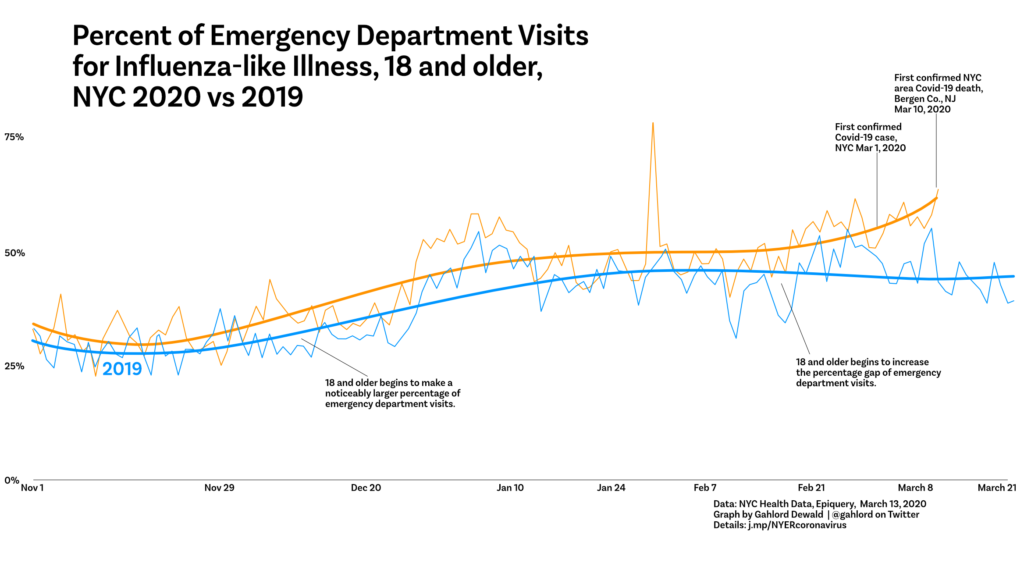Anything that flows information or physical objects in one direction, can likely feed them in the other direction as well. Often this is clear and obvious, but in moments when time and attention are not available the “opposite direction” is less obvious.
Learning to identify the pattern of Entryways can be useful in strategic considerations. In a defensive posture, recognizing Entryways can prevent a loss. In an aggressive posture, Entryways can provide a means to reach an objective. In a neutral posture, recognizing Entryways can show how resources or information will flow in the near future.
For the really meaningful Entryways, additional thought and contemplation is required to understand the “opposite direction” of the flow. Most of the time the flowing objects (whether physical or informational) are not exactly the same. But sometimes they might be.
Here are some examples of Entryways.
Bayley Hazen Military Road: This road was first proposed in the mid 1770s as means for the US Continental Army to invade Quebec. Eventually Washington realized that a road that could be used to speed troops’ journey north could be used equally to speed troops’ journey south.
Diverse Solutions and Zillow: Diverse Solutions is a company that provides an integration with the overly complicated database structure built by the real estate industry, called the MLS. It allows data to flow from the MLS to a website (typically powered by a content management system such as WordPress). The system is popular with real estate agents, who are typically the ones who create the MLS data in the first place.
Zillow, the real estate portal, purchased Diverse Solutions. One of Zillow’s continual challenges is access to real estate data; some real estate practitioners view the company as an existential threat and not an advertising partner.
Web technologies such as that provided by Diverse Solutions and others, can very easily become a means for real estate agents to submit data directly to Zillow should trouble ensue with more formal access to the various MLS databases. In some ways, it might turn out to be more efficient for Zillow for this to occur anyway.
A website for publishing data can very simply become an interface for submitting data to a database. In this way, many website platforms are Entryways for a variety of data.
Web content: People can consume content from the web in a variety of ways. Information flows from the screens to the people. Simultaneously, information is flowing back from the people to the publishers of websites. Via web analytics and a variety of other technologies, information about people and their interests/motivations/desires etc flow back to the publishers of web content.
This is especially true for web experiences which involve forms or search fields etc. By flowing information back to the web publishers, people receive some information.
If you can go in the door you can go out the door. Consider what is leaving your organization and by which Entryways. Understanding how the Entryways work could lead to greater understanding of human behavior. Perhaps you’ll find a way to shift the location of a competitor’s Entryway or find a more desireable Entryway for your customers.




